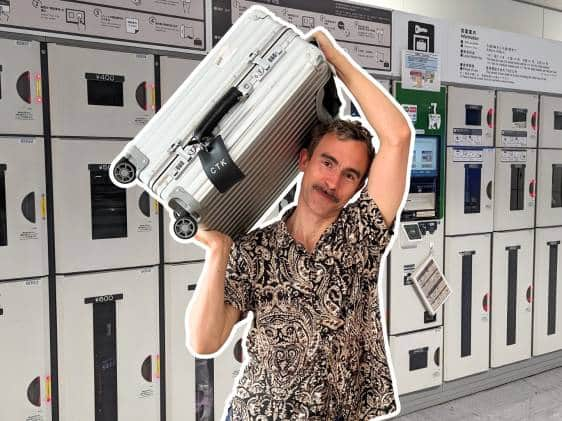For a martial art, yabusame (horseback archery) isn’t very popular, not even in Japan. This comes as little surprise considering there are only a couple of schools/traditions that teach it, plus you need an actual horse (and the space for the horse to run) to study and perform it.
Added on top are the clothes and accessories the yabusame archers must wear and bear. They are much more elaborate than the simple pajama-like training attire usually worn in martial arts; theirs are actually hunting costumes from the 12th-13th centuries — because the original hunters were of the warrior and noble classes, they also carry long and short swords.

When and where to see yabusame
For all its difficulties, yabusame as an art is still taught today and there are a few places where you can enjoy it, even in Tokyo; not a small feat considering the mega-city’s notoriety for lack of space! We’ve listed the most famous events below, but you can also try it yourself in Nikkō:
- November 3 (Culture Day): Meiji Jingu Shrine Yabusame
- October: Toyama Park in Takadanobaba Yabusame
- April or May: Asakusa Yabusame
Asakusa Yabusame
The Asakusa Yabusame is quite spectacular mostly because of the high level of the practitioners who are members of the Ogasawara School, mostly known for its etiquette branch; they are the ones who set all these complicated rules about how and when to bow, how to sit, how to enter and exit a room, etc.
Sumida Park is a long and rather narrow strip of land next to the Sumida River, starting from the Azumabashi Bridge in Asakusa and going north; a special 250 meter/270 yard course is being created so the horses can run on. The better spots are the ones near one of the three targets (or “mato”) so they’re naturally the first ones to be crowded.
If you want to see the action, you’d better get there much earlier than 11:00 when the event starts. Each rider needs to get as many targets as they can (usually they perform two or three runs) and because April is still cherry blossom season, targets are loaded with pink and white confetti symbolizing the petals of the blossoms—when they are hit (and they usually are: the Ogasawara archers are really good!) they burst and the confetti flies much to the delight of the viewers.

Getting there is very easy: the Asakusa station on the Ginza or Asakusa lines is the closest (i.e. less than a 5-minute walk) to the bridge and the park. Bring your good camera and/or binoculars, get a good spot and be prepared for some good shots—if the cherry blossoms are still blooming they can make for some great compositions!

Kamakura Yabusame
If you are (or you’d rather be) far from Tokyo, one alternative is Kamakura, the old shogun capital in Kanagawa Prefecture, around an hour’s ride from Tokyo station. The yabusame is performed during the city’s annual festival so expect a parade — and several thousands of viewers. To get there, you take the JR Tokaido line to Totsuka or Ofuna and from there, you take the JR Yokosuka line to Kamakura, exit the station from the east exit and walk straight ahead to get to the Wakamiya Oji avenue (where the parade is held).
From there, turn left and follow the crowds towards the Tsurugaoka Hachimangu shrine, one of the city’s main sightseeing spots. The yabusame event is held within the shrine grounds, a 10-minute walk from its main gate. Yabusame is a big deal for Kamakura and particularly for the Hachimangu because its founder, the 12th century shogun Minamoto no Yoritomo, was also responsible for the creation of the art itself! Important detail: in the Kamakura yabusame, you aren’t allowed to use tripods or monopods when shooting pictures or video: apparently the horses get nervous. The yabusame is also held in Kamakura in September; there’s no festival then so the crowd is thinner—but not by much.






























